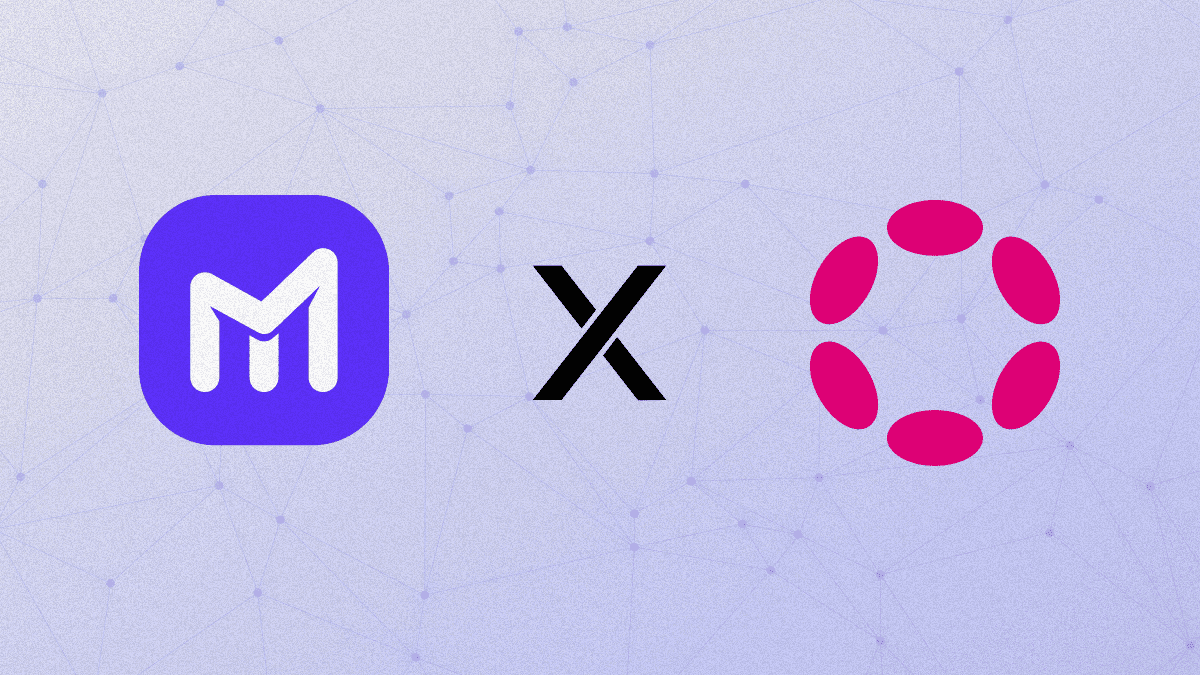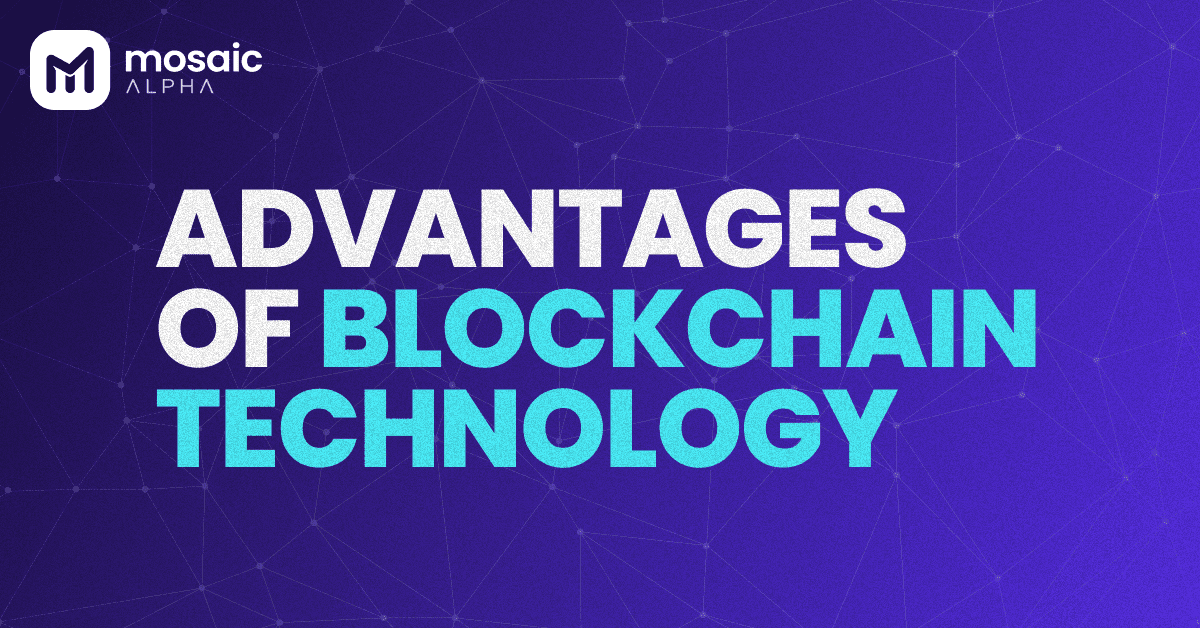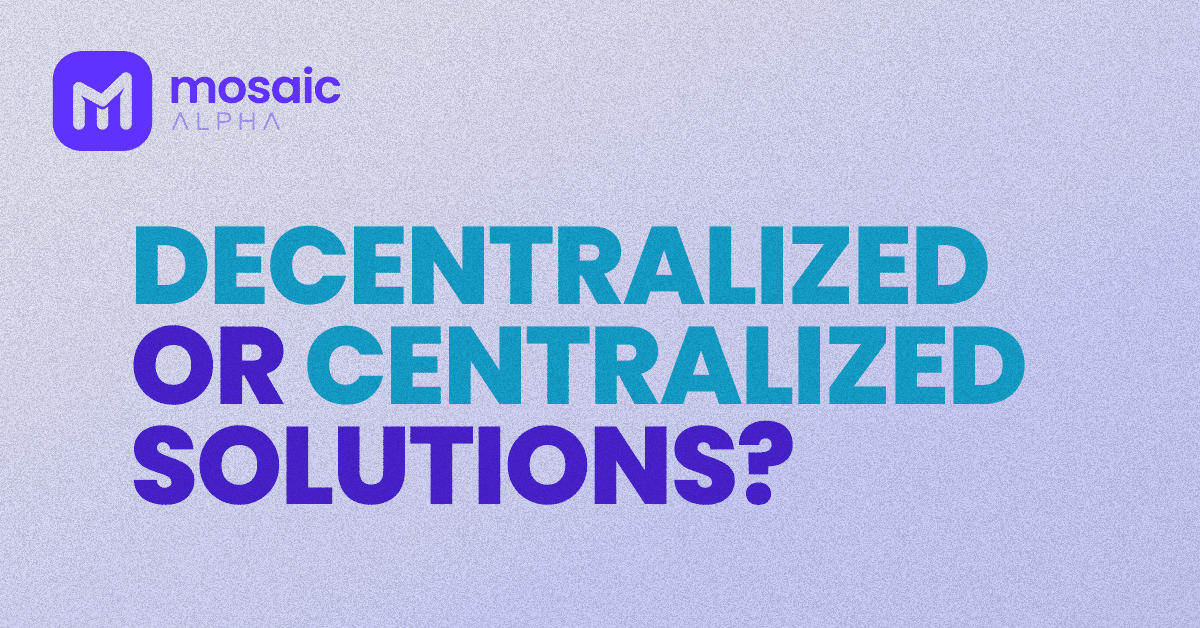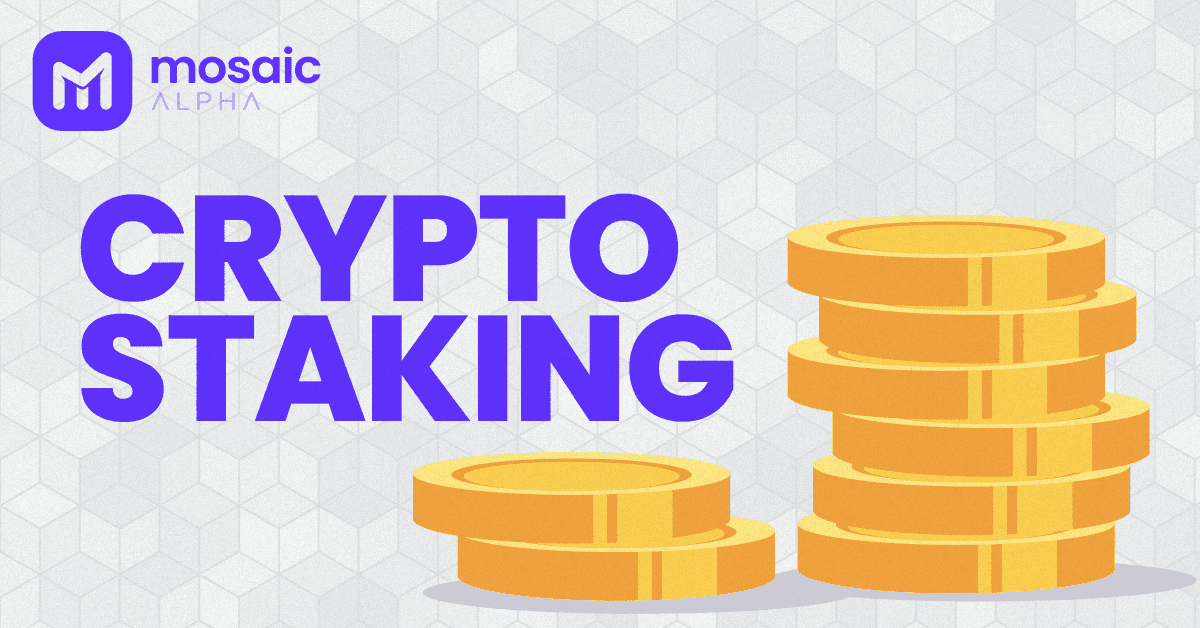Bitcoin as a measure of value is often compared to gold because of its finite supply. Not coincidentally, at the moment of the cryptocurrency’s birth, its final volume (supply) was set at exactly 21 million BTC. As bitcoin is constantly mined, the amount mined is constantly increasing. In order to control the pace of bitcoin mining, the amount of bitcoin that can be mined needs to be constantly reduced.
This conscious reduction is called halving. Halving means that the reward for miners will change for every 210,000 blocks mined, so half the BTC per 1 block. in 2009, when Bitcoin was launched, the reward per block was 50 BTC, which was halved to 25 BTC in 2012. Since then, the bonus has been halved twice more, in 2016 and 2020, with the next one set for 2024. The emission algorithm is set to extract 210,000 blocks every 4 years or so.
But why is Bitcoin halving important and what are its potential impacts? The impact on the market price should start by looking at supply and demand. A significant proportion of Bitcoin in the market comes from the larger miners. The larger Bitcoin mines need to sell as much Bitcoin on the market as they can to cover their mining costs. After a halving, the amount of BTC produced decreases, and with it the amount miners sell on the market, so other things being equal, the price should increase. Although there have only been 3 halving so far and their course does not determine the future, the previous halving has always been followed by a bull market (massive and sustained price rises).
Another approach is to examine the stock-to-flow model. In the stock-to-flow model, stock is the current supply and flow is the annual increase in the supply of a given asset. The low level of the indicator reflects the low inflation of the asset. This indicator, unlike other measures of value, can be calculated quite accurately for Bitcoin, allowing you to make effective predictions about the price of BTC. After the 3 halving events so far, the stock-to-flow model has quite accurately estimated the significant price increase that occurred later.
Bitcoin halving has always led to a price increase, but there are a number of factors that can come into play at the time of the halving that can cloud the picture, so it is not worth relying on this alone.









